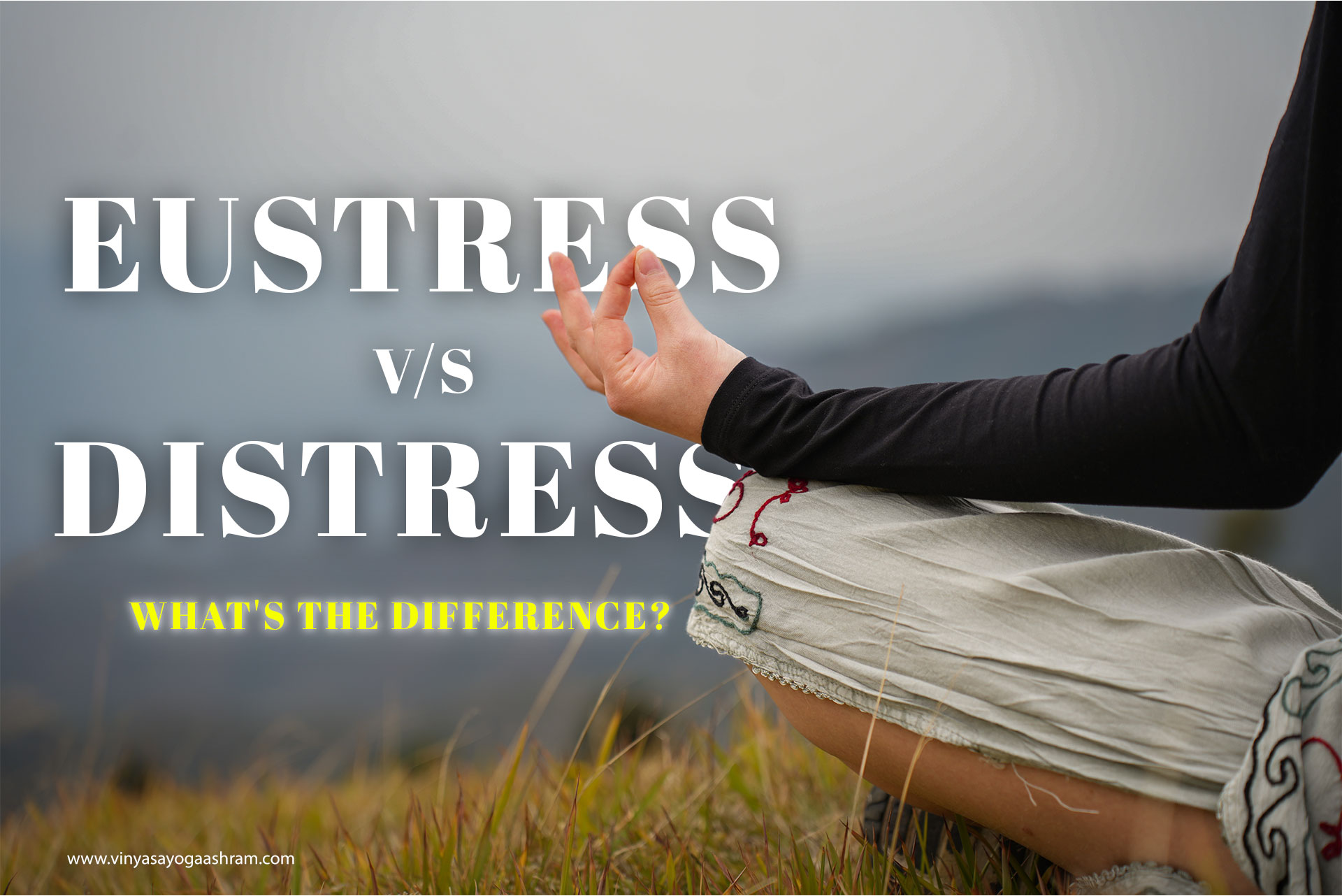
Picture standing at the brink of something new—your heart pounding, palms a bit sweaty, but you’re alive. Now picture feeling crushed, depleted, and trapped in a pattern of exhaustion. The difference between those two feelings? It’s all about the type of stress you’re feeling, in other words, good stress (eustress) or bad stress (distress).
Whether you are getting ready to start a Yoga Teacher Training Course in India, make a major life choice, or just get through daily responsibilities, knowing how stress works is the key to living in greater balance and awareness. All stress isn’t bad—some of it is even beneficial. The trick is to know how to sort out the good from the bad.
Let’s plunge into eustress and distress, and how yoga can assist you in getting more of the good with a gentle release of the bad.
Learning to Navigate the Stress Spectrum
Stress is, in essence, your body’s reaction to any call for change. We tend to speak of it in a negative sense, but stress is not always a nemesis. It is on a scale.
Eustress (say “you-stress”) is good stress—it’s exciting, energizing, and causes us to function at our peak.
Distress, conversely, is bad stress—it’s overwhelming, debilitating, and can be damaging if it persists.
Knowing that stress has a bright side as well as a dark side empowers you. It provides you with the skills to handle challenges more skillfully and with more strength.
The Biology Behind It: Same System, Different Result
Here’s where it gets interesting: both eustress and distress trigger the same physiological mechanism—the sympathetic nervous system. That’s your “fight or flight” response. The interpretation of the stressor is what distinguishes all the difference.
For instance, public speaking can be an exciting challenge (eustress) or a horrifying experience (distress). Context, your preparation level, attitude, and emotional resilience determine the outcome.
Eustress Spur Growth and Change
Consider eustress the pressure you require to change. It’s stress that makes you:
- Stand up to a challenge
- Push beyond your comfort zone
- Feel interested and alive
When students come to our multi-style yoga training, they generally feel eustress. They’re anxious but enthusiastic. There’s expectation, a wish to learn, and a willingness to change. This is the type of stress that helps you grow personally.
Eustress is also important in developing mental toughness and emotional resilience. That’s how you improve at playing life’s curveballs with poise.
Distress Drains and Depletes You
Distress is when the pressure gets too great—or when the circumstance feels beyond your control. It’s the stress that results in:
- Anxiety and depression
- Fatigue
- Physical complaints such as headaches, insomnia, and gastrointestinal issues
Distress compounds. Without healthy outlets (such as yoga, breathing, or restful mindfulness), it accumulates in the body and begins to deplete your overall well-being.
Mindset is the Turning Point
The difference between eustress and distress isn’t always the situation itself—it’s usually about how you see it.
A really profound yoga philosophy idea–Pratipaksha Bhavana—the art of selecting a higher thought. This ancient practice inspires students to change their point of view and approach challenges with compassion, not fear.
By considering stressful events as opportunities, not threats, you can transform distress into manageable, even empowering experiences. It’s one of the many mindset tools yoga provides off the mat.
Balance is the Key
The aim isn’t to eradicate stress completely—that’s impossible (and actually undesirable). The actual goal is balance. Consider it like the duality in yoga: effort and ease, sthira and sukha.
In our Yoga Teacher Training Course, we instruct students to listen to their own bodies, respect their limitations, and build awareness with breath and presence. Not only do these tools avoid distress, but they also sustain healthy doses of eustress—the kind that keeps you motivated and on purpose.
Body and mind hunger for a certain degree of stimulation to flourish, but they also hunger for recovery and integration. That’s why rest, mindfulness, and nutritional input are central components of our curriculum.
Yoga as a Regulator of Stress
So where does yoga come in here?
Yoga is perhaps one of the most powerful mechanisms for working the stress spectrum. Here’s why:
- Asana (Postures) facilitate the release of tension and build a stronger, more resilient body.
- Pranayama (Breathwork) stimulates the parasympathetic nervous system, which sends the message of safety and calm.
- Meditation establishes mental focus and emotional stability.
- Yogic philosophy gives meaning and context, even to difficult circumstances.
Whether your life is filled with the healthy edge of expansion or the burden of overwhelm, an ongoing yoga practice enables you to work through it all with awareness and intention.
Select the Stress That Works for You
These days, it’s so simple to fall into the cycle of ongoing stress. But all stress isn’t detrimental. With the right kind of care and intention, eustress is a dynamic companion for growth, exploration, and change.
Distress, however, is your body’s notification that something must be addressed—a reminder to decelerate, reset, and re-align.
After all, the purpose of yoga is not to avoid the difficulties of life, but to confront them with more presence, compassion, and inner strength.
Learn to teach yoga with our Yoga teacher course India. Get certified and start your teaching career now.

